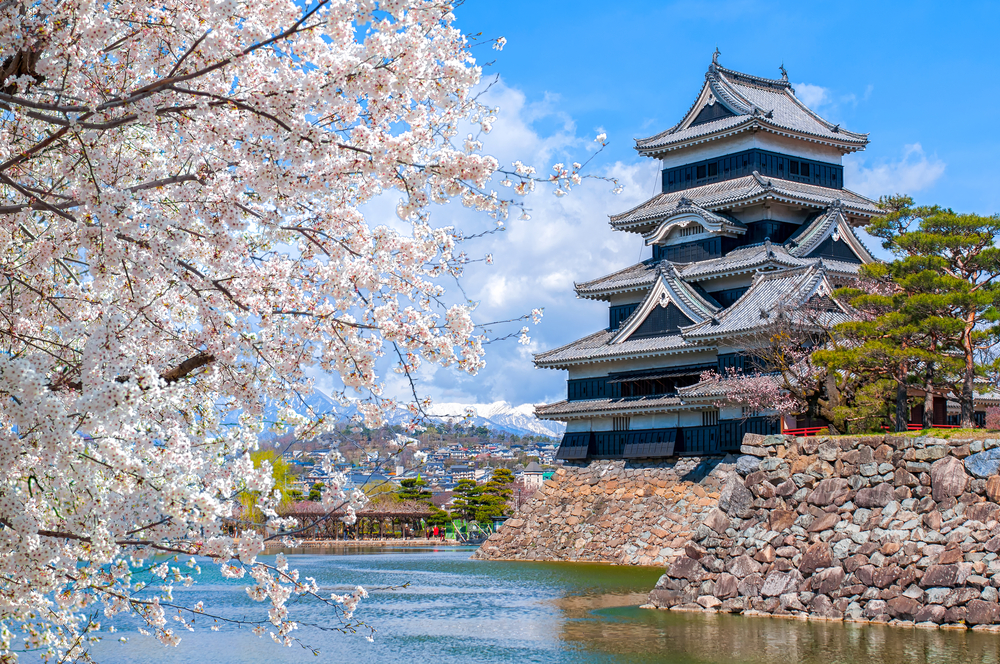
Kyoto east
Nanzenji is a temple that was founded in the 13th century ranked supremacy among other zen temples like the 5 big temples of Kamakura and Kyoto.
Its main portal is two layer structure called "San mon", one of Kyoto's three main portals, with a height of 22 meters, the view from its highest level is spectacular. The Hojo (the abbot's quarters) is a national treasure and has been transferred from the former royal palace.
You will find a breathtaking beauty in a so-called Karesansui garden (a type of dry garden often made of simple stones) view from the edge of the eaves between the fusuma (sliding opaque screen with a handle used to redefine the space of a door in the traditional Japanese home).




The one of the outstanding feature of the Nanzenji is that water from Lake Biwa passes through the grounds of the temple via canal since 19th century. Local people enjoy walking along canal surrounded by nature. A length of 92 meters of the aqueduct of Lake biwa canal was built at the end of the 19th century and the western building harmonises perfectly with the nature in the Japanese garden of the sanctuary.
- Gion Shirakawa area
Then we head for the south direction, go to the Gion area where full of atmosphere remains. Passing the Shirakawa-bashi Bridge, then keep pedalling along the Shirakawa River, you will arrive in Gion District.The Yasaka Shrine was named Gionsha until the beginning of the Kinsei period (1598 to 1603), the territory of the Yasaka shrine and the city near the shrine are called Gion.
Nowadays, the area from Yasaka Shrine to the Kamogawa River is called Gion; however, there is no precise definition.
Above all, the area of the northern part of Shirakawa, where the Biwa Lake canal sector and the Kamogawa River crossed is classified as the Preservation District for Groups of Historic Buildings. There are many Ochaya established in the Edo period, literally cafeteria but actually the place where one dines in the presence of Maiko and Geiko, in the district.


The northern part has been developed as a commercial district since Meiji period and there are many multiple-tenant buildings. On the other hand, the southern part preserves the old landscape and many efforts are made to maintain its conservation. You will find exclusive traditional beauty in Kyoto: such as Ochaya, luxury restaurants, and Kabu-renjyo.
The streets with the slatted doors and the late bamboo blinds give the neighborhood atmosphere a serene elegance.If you see the maiko and geiko during the day, it may be tourists dressed the same way; but, if it's evening, you'll have the chance to see the real maikos and geikos.



- Kiyomizu-dera Temple (World Heritage, under construction)
It is one of Kyoto's cultural properties and one of the most popular sites in Kyoto. The access path to the temple is a steep path physically. Since the site is forbidden to park the bike, we will park near the entrance and walk up to the temple.
The main building of the temple is classified as the national heritage. It is famous for its platform called "Kiyomizu Butai" with a height of 12 meters. This is a wooden building built without a single nail. It has been renovating since 2008 and currently renovating the roof of the main building as the last stage. So the building is fully covered now.
The roof area is 2,000 square meters and the repair dutifully obeys to the original construction methods, scheduled for complation in March 2020.
Even though we can visit the interior of the main building and the dojo as well as the Otowa waterfall, the Nioomon gate, and the three-storey pagoda within the temple enclosure.



The entrance to the Sanctuary precinct (called Sando in Japanese) is lively with souvenir shops, restaurants, and cafes. There are also the charming sloping streets of Sannenzaka and Ninenzaka, listed in the list of conservation landscapes and traditional buildings where tourists strolling the steet wearing kimono. You will also find various kinds of Japanese crafts like Kimono accessories. It's a place where you forget time.


- Sanjusangendo
In front of the main hall, a famous archery competition “Toshiya” takes place every year in January to celebrate new adult (in Japan, 20-year-old who has their coming-of-age ceremony within that year). The competitors must have the first dan level of Japanese art of archery as they launch targets placed at the same distance as the length of the hall.


Related blogs:
- Guide Sketch: Cycling Tour in Kyoto on May 2nd - Early Summer -
- The Japanese Robin Hood: Ishikawa Goemon
- The autumn in Japan in 2019 : The best spots from north to south






























